This article will explain a traditional Japanese food called Sagohachi duke. We’ll look at what it is, where it comes from, and even find a place where you can try it. The simplicity and health benefits of this fermented dish have made it a favorite for centuries. So, if you’re interested in a unique and tasty kind of Japanese food, keep reading.
What is Sagohachi duke?

Sagohachi duke is a type of pickle made with a special mixture of salt, koji (malted rice), and rice. The name “Sagohachi” comes from the Japanese numbers three, five, and eight, which refer to the ratio of these ingredients: 3 parts salt, 5 parts koji, and 8 parts cooked rice. This simple mix creates a paste, or “nukadoko,” that locals used to pickle vegetables, fish, and meat.
The process is similar to making other pickled foods, but the koji gives Sagohachi-zuke a unique, slightly sweet flavor. It’s popular for being a simple way to preserve food while adding a deep, umami taste. The result is a savory and healthy side dish or a way to make main dishes more flavorful.
A Short History

The history of Sagohachi duke is somehow related to the Tohoku region of Japan, particularly in Fukushima and Akita prefectures. People believe it started as a smart way to use leftover rice and koji from making sake (rice wine) or miso. This method became popular in farming communities as a way to preserve food during the cold winters. It was a practical and tasty solution that helped families get through the seasons when fresh vegetables were not available. Over time, they passed down the recipe through generations, and a lot of Japanese still loved this and become part of Japanese home cooking and local cuisine today.
Where to Try Sagohachi duke in Japan
Kura Cafe Sen no Hana (蔵カフェ 千の花)

If you want to taste authentic Sagohachi-zuke, one place to consider is Kura Cafe Sen no Hana (蔵カフェ 千の花) in Fukushima Prefecture. It’s a cafe located within the historic Kunidaya Jozo (國田屋醸造), a company that has been making koji and miso for a long time. They serve traditional meals that often include their Sagohachi-zuke, providing a true taste of the local area.
Conclusion
Sagohachi duke is more than just a pickled dish; it’s a simple food that represents the history and traditions of Japanese culture. Its three key ingredients—salt, koji, and rice—combine to create a flavor people have enjoyed for centuries, proving that simple things can produce the most delicious results.
If you enjoy the unique taste of Sagohachi duke, you might also like other Japanese pickled dishes. You could try things like Nukazuke, which uses a rice bran bed for pickling, or Shio-koji pickles, which rely on the same koji base for a salty-sweet flavor. Other options include miso-zuke and kasu-zuke, all of which use fermented ingredients to add a special taste to various foods.
FAQ
What is Sagohachi-zuke?
Sagohachi-zuke is a traditional Japanese pickle made by fermenting vegetables in a mixture of salt, rice, and koji (rice malt).
Why is it called “Sagohachi”?
The name comes from the traditional ratio of ingredients: 3 parts salt, 5 parts rice, and 8 parts koji.
Where did Sagohachi-zuke come from?
It originated in the Tohoku region of Japan, especially in Fukushima and Yamagata Prefectures.
What vegetables are used for Sagohachi-zuke?
Common vegetables include cucumbers, daikon radish, eggplants, and carrots.
What does it taste like?
It has a mild salty flavor with a touch of sweetness and rich umami from the fermentation process.
How is it made?
Vegetables are soaked in the Sagohachi mix and fermented for one to three days, depending on the desired flavor.
Is Sagohachi-zuke healthy?
Yes, it’s rich in enzymes and probiotics from koji, which are good for digestion and gut health.
How do you eat Sagohachi-zuke?
It’s usually served as a side dish with rice, or as part of a Japanese breakfast or teishoku meal.
Can I make Sagohachi-zuke at home?
Yes, it’s easy to make if you can find koji and rice. Many people in Tohoku still make it at home.
Can I buy Sagohachi-zuke outside Japan?
It’s not common overseas, but you might find it in Japanese specialty stores or order it online.
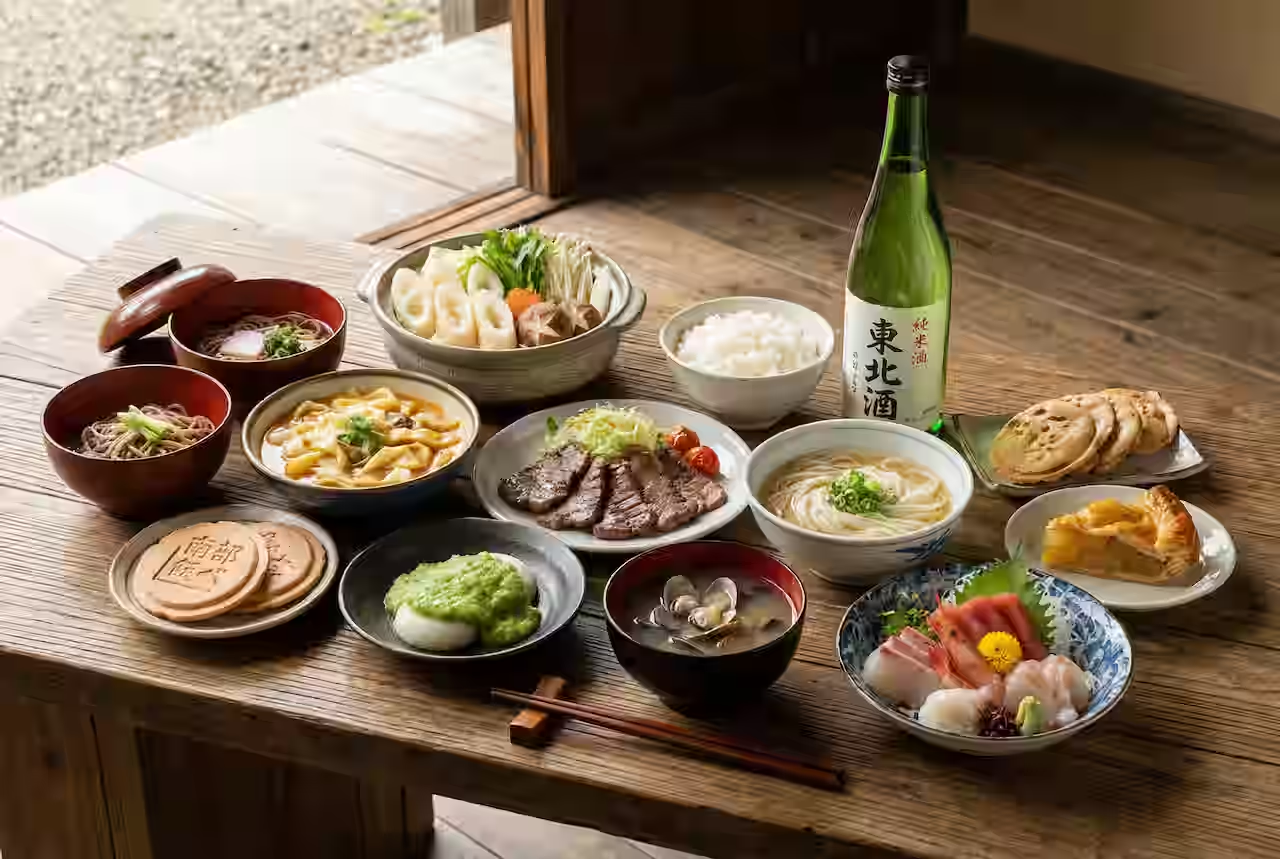



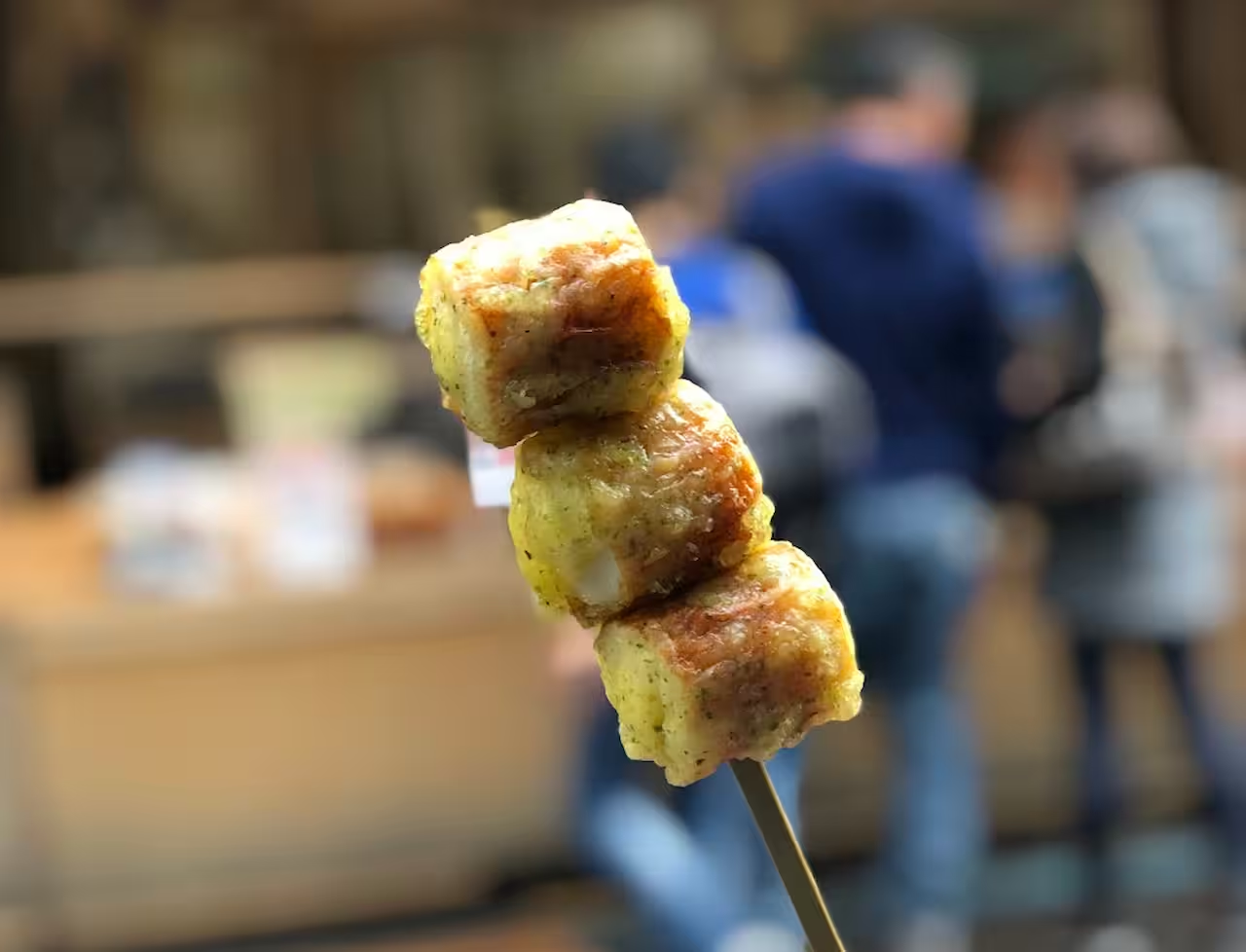



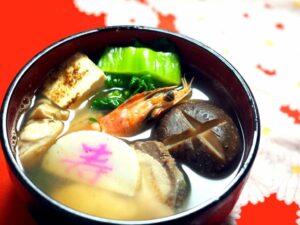
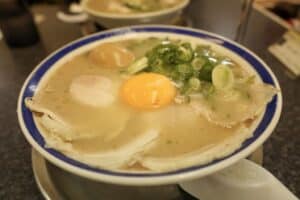
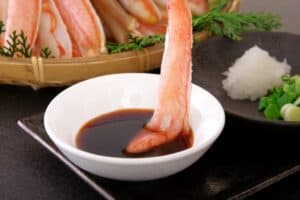
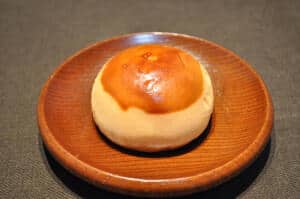




Comments